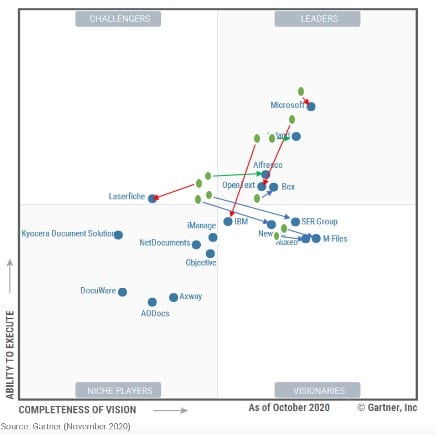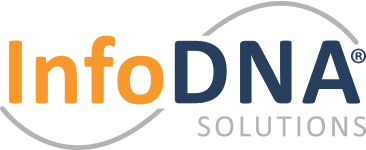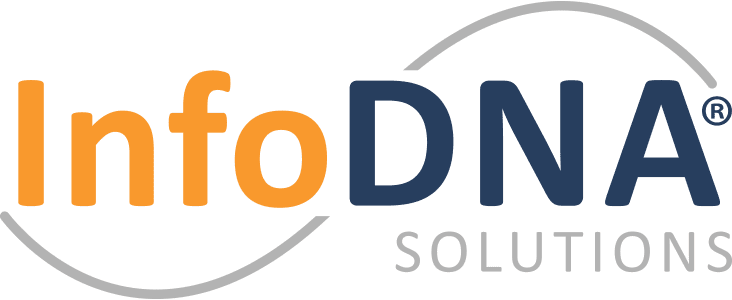
Organizations have spent years – in some cases decades – implementing a document capture, processing and storage environment that has now become ‘legacy’ in how it is architected and costs. The older yearly-maintain driven world of on-premise technology is quickly causing every organization to consider a better ‘way forward’. It took over 10 years for ‘open systems’ to be the new platform versus the ‘mainframe’. Cloud is doing the same type of fundamental platform upheaval in a few years. But with so much already captured in network drives, SharePoint systems and ECM systems (like IBM, OpenText, etc) = NOW WHAT?
- What should be moved to the cloud?
- Who is the right vendor to use in the cloud?
- How we do make this move to the cloud?
- Who should I talk too in defining the fundamental components and steps?
What should be moved to the cloud?
Everyone has three facts they can rattle off – we have X million documents consuming Y terabytes of storage across Z repositories. First – do you know your current state to this level? But once you do the next question should be “How much of it is active, how much needs to be saved but not changing and how much is redundant, obsolete and trivial (ROT)?”
InfoDNA Solutions finds that fundamentally those answers land in to 20% active, 60% archivable and 20% ROT. This tends to shift up and down based on:
- How disciplined a content plan is in place now. Some clients may be using a network drive as their content store which would up the ROT while others have legacy content stores that would drive that to near zero.
- Retention requirements outlined by the legal/records team. As time as gone on this ‘retention forever’ strategy has bounced back and forth – but in the cloud that has fundamental costs that otherwise on-premise were less obvious.
- How to identify what should be moved vs archived vs deleted is perceived as hard and laborious
InfoDNA is able to automate this analysis with their TOPLA technologies to understand exactly what is active vs archiveable vs ROT and even place each item into a taxonomy to best understand future retention and search needs.
Who is the right vendor to use in the cloud?
Legacy ECM vendors (like IBM, OpenText, Hyland, etc) have not invested in creating cloud alternatives that bring the advantages of cloud with enterprise-readiness of content systems. The one vendor who has shown promise in this shift is SharePoint from Microsoft. Having the 365 licensing include SharePoint has turned the market’s head at them. Finally have you have born-in-cloud options like BOX or the likes of AWS and Google – but they are having their own problems. BOX recently was shown to be ‘for sale’ and AWS and Google do not have any focus on content services.
This is where InfoDNA can help clients maneuver these obscure waters to identify the right answer to your capture, process and governance needs. Learn more from our post and the changes in the Gartner view of the market.
 How do we make this move to the cloud?
How do we make this move to the cloud?
There is a need to best assess a current state before anything can happen. Most important, how can a move to the cloud bring better searchability and manageability for the organization while also reduce overall costs and out-year costs (TCO).
 Who should I talk too in defining the fundamental components and steps?
Who should I talk too in defining the fundamental components and steps?
InfoDNA is an experienced legacy ECM players who has taken decades of accumulated experience to create tools and methodologies to make this ‘move to the cloud’ even possible. Just listing 100% of those X documents that consume Y terabytes within those Z repositories will not gain anything – in fact the costs will be higher. Ever CPU core, GB of RAM, GB of storage and MB of network has a cost as a utility to you – how do you make this mapping optimize the cost is paramount. Let InfoDNA Solutions help. Learn more at www.infodnasolutions.com



